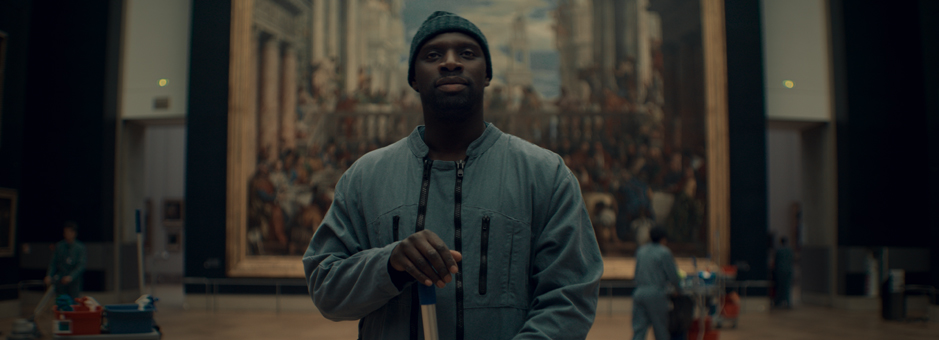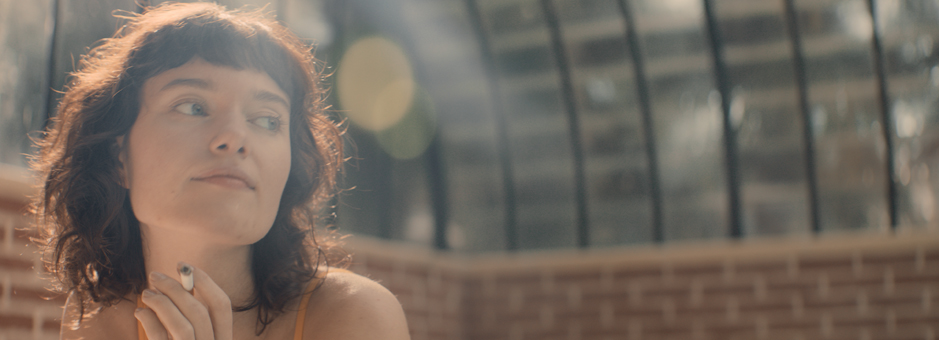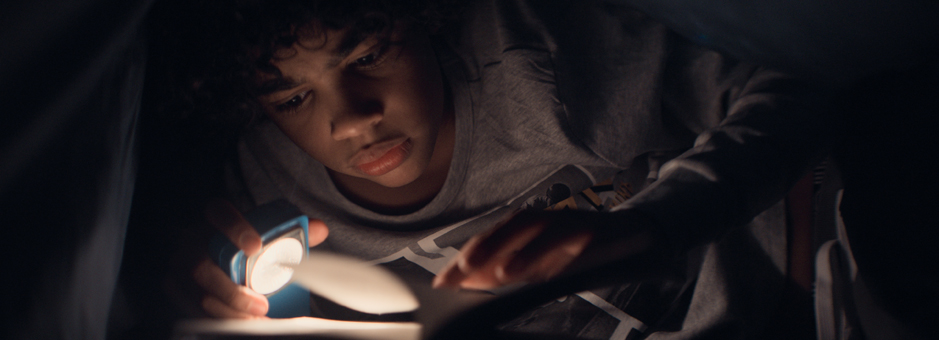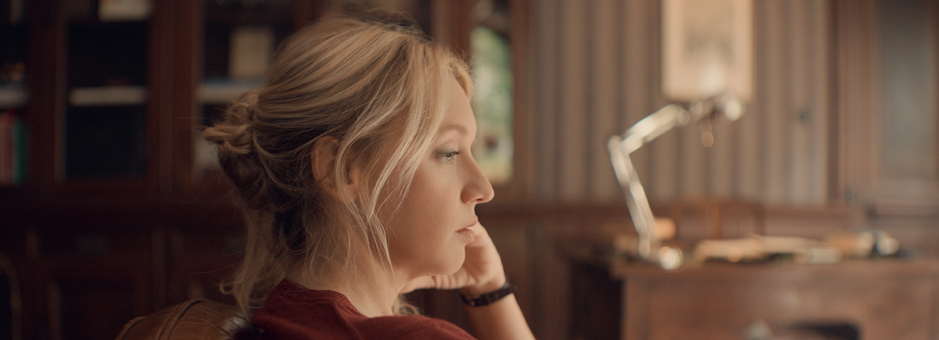Case Studies
Grading and finishing Netflix’s ‘Lupin’
An interview with colourist Aline Conan, Mikros Image’s Mathieu Leclercq, and DoP Christophe Nuyens.
English» Francais»
The French series Lupin is a worldwide phenomenon. Ranked number one on Netflix in more than ten countries, the ten-episode series revisits Maurice Leblanc’s French literary character ‘Arsène Lupin - Gentleman Burglar’, but is set in the Paris of today, rather than in 1905 when the original stories were written.
For this discussion, FilmLight brought together the DoP, Christophe Nuyens SBC, as well as the colourist Aline Conan and Mathieu Leclercq, head of digital cinema at Mikros Image, to discuss their artistic collaboration.
Upstream, Christophe created some moodboards to provide visual colour references and atmosphere. “We discussed the look with director Louis Leterrier, who gave me a lot of freedom. This work then served as a reference for light and decoration,” explained Nuyens. “For example, for the flashbacks, we chose a colour palette different from that of the present day, to light a little more, to look for the flares... In grading we warmed it up slightly, but the desired aesthetics were already there.”
One of the main challenges of the series was to film Paris in a cinematic way, and to avoid making it look too touristy. During the shoot, Christophe used new 1.5x Technovision Classic optics from PSTECHNIK. These lenses are inspired by the famous anamorphic Technovision of the 1960s, very popular at the time and used in films such as Apocalypse Now and Leon.
“These full aperture optics have a very soft flare, with a slight diffusion,” said Nuyens. “It gives an organically textured feel to the image that has allowed us to have a modern fairy tale aesthetic for ‘Lupin’, while avoiding the use of smoke, which isn’t allowed in settings like the Louvre.”
Christophe and the production team were looking for a French colourist with experience in both feature films and TV series. Colourist Aline Conan fit the bill. “I already knew Christophe by reputation, especially for the renowned ‘Zone Blanche’ series,” Conan said, “so I was delighted to join the team, and to work with Christophe for the first time.”
One of the visual references Christophe provided to Aline was another Netflix series, When They See Us, in particular for the rendering of its anamorphic optics, the large sensor camera, the certain softness... but with a few adjustments to suit the new series. “For ‘Lupin’, we are less soft and dark, to better match the story,” explained Christophe.
Aline describes how the colour grading began: “Before starting the actual grade, Netflix suggested we arrange time to research and present different moods to them. As ‘Lupin’ streams in HDR Dolby Vision®, we worked hard to showcase a clear high-quality picture, in balance with the fairly smooth aesthetic that Christophe originally wanted.”
Baselight made it possible to transcribe the film LUT that Christophe is accustomed to using for the HDR Dolby Vision workflow, which helped establish a colour-managed pipeline as recommended by Netflix.
“Because of the HDR grade, I used the Texture Highlight tool when too much detail was felt in the highlights,” said Aline. “We sought to ensure that the brilliance in the image always remained harmonious. When certain details became too prominent in the image because of the HDR, we made sure to decrease their presence, in order to keep the attention where it needed to be focused.”
“During the grade, we used a beta version of the Lens Correction tool, which allowed us to correct some distortions caused by anamorphic optics. We also used it to reapply these distortions on some shots filmed on drones with spherical optics.”
Aline concludes, “When grading, the tools Video Grade, Base Grade and Film Grade, as well as Keyers, Windows and Trackers, are the ones I use the most.”
Mathieu Leclercq, head of digital cinema at Mikros Image, explained the workflow they set up on the series: “After the tests, we decided to start with a colour workflow based on the ARRI ALF2 DRTs and then added a specific look for the show, prepared with Aline and Christophe. This look fits into the workflow that is calibrated in HDR or SDR.”
“During the shoot there was a DIT on the set who prepared a grade for the rushes following a fairly classic ‘raw parameters + CDL + show LUT’ scheme,” he added. “This step was done on Daylight. Once the rushes were collected at Mikros, we reapplied these values in Daylight via Multi-paste and replaced the LUT with the Baselight DRTs and the look. Then the lab carried out the QC of the rushes. These graded rushes were then used as the basis for the start of the final grading done by Aline on the Baselight system.”
Each episode required an average of three days of HDR colour grading plus one day for the Dolby Vision® SDR pass.
“The essential difference between grading a feature film and a TV series is time, since the more time you have, the more you can search, try, take a step back, change your mind and to go into more detail,” said Aline. “In France, you generally have proportionally half to a third of the time to grade a series than you do a feature film. On this project, I had to manage my time effectively, like you do when shooting or elsewhere in post-production.”
As for the incredible success of the series, Christophe says that after receiving the accolades of everyone, and reading the positive reviews, he watched all the episodes again – to be able to finally rediscover them with more hindsight and to appreciate them.
“We sought to ensure that the brilliance in the image always remained harmonious. When certain details became too prominent in the image because of the HDR, we made sure to decrease their presence, in order to keep the attention where it needed to be focused.”
Download
Lupin Case Study - English (PDF)
Lupin Case Study - Francais (PDF)








